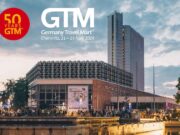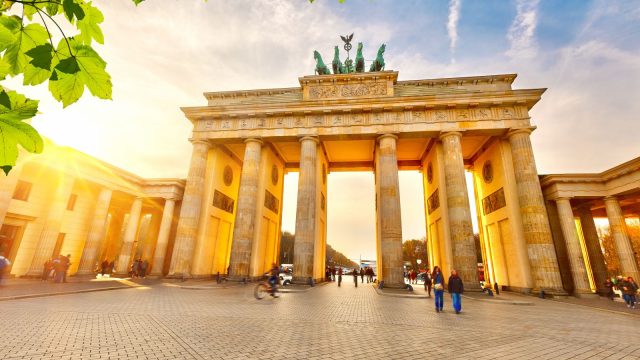The “DiscoverGermanyFromHome” website serves as a central inspiration and information hub and allows you to travel virtually to some of Germany’s most impressive and unique natural sights and destinations along with a culinary voyage of discovery through Germany’s beautiful regions and districts. You will be amazed at the variety of delicious specialties and taste sensations. There are plenty of amazing discoveries here you might want to add to your bucket list for your next trip. The below highlights will inspire potential travellers for their next stay in Germany. Whilst you are at it, why not dream of a sunny summer holiday in Germany?
Team TTJ
The German divide is still illuminated at night
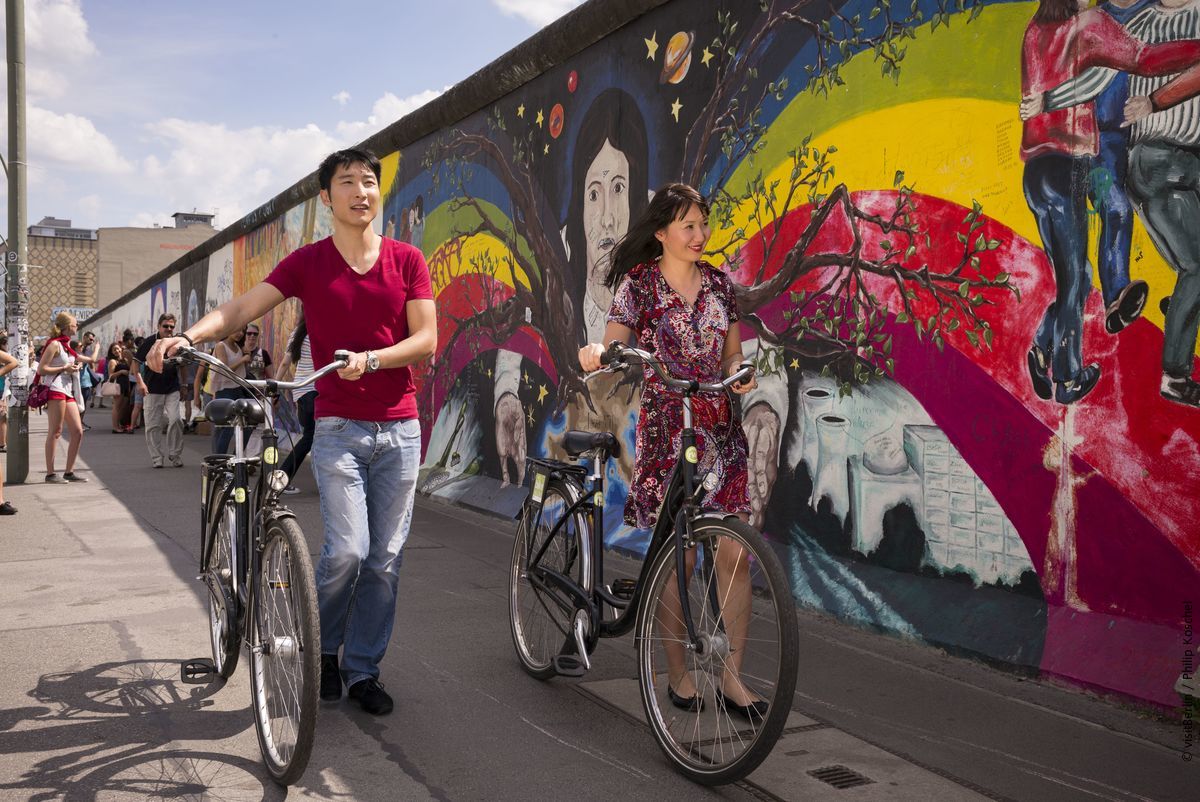
Berlin has come to be an increasingly united city since the fall of the wall in 1989. Tourists can cross the former border without giving it a second thought and cyclists casually cruise along the Berlin Wall Trail. And yet if you look down at Berlin from space on a clear night, you’ll see that it is still divided in one sense. Satellite images reveal that the west of the city glows in blue-white light, whilst the east has a warmer yellow shine to it.
The primeval forest reborn
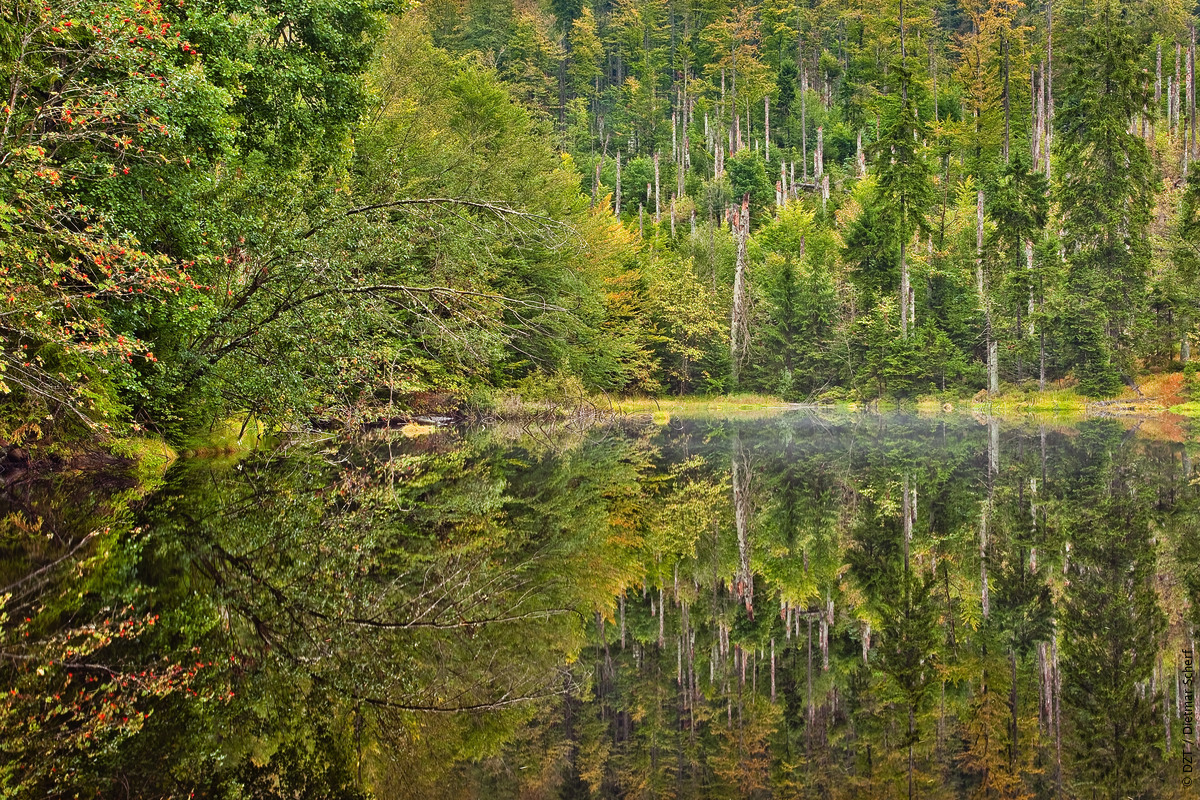
About a third of Germany is covered with forests, which is a high proportion given that it is such a densely populated industrialised country. Would you really expect to find a primeval forest here? Probably not! And yet there is one in the Bavarian Forest National Park. A large area of forest just a two-hour drive to the north-east of Munich has been left to grow naturally without any human interference for decades. Similarly, Sababurg Primeval Forest, a part of the Reinhardswald Nature Park in Hesse right at the heart of Germany, hasn’t been interfered with for more than 100 years now.
The modern caravan, another German invention
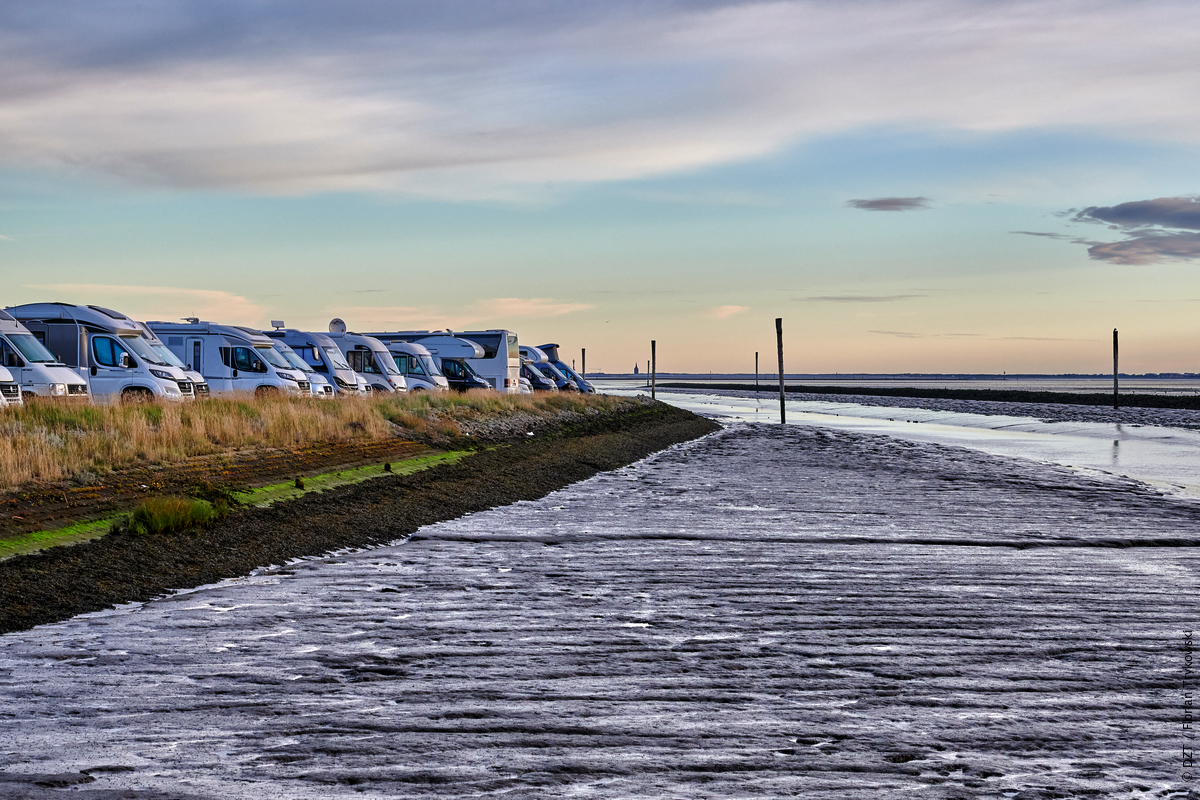
Luxurious caravan-style trailers may have been used to transport horses and oxen across England in the 19th century, but the caravans that modern campers tow behind their cars all around the world originated in Germany. Some 700,000 caravans are registered right now in Germany alone and they are growing in popularity. Camping holidays in Germany are all the rage at the moment, too, according to the statistics.
Germany is home to 25,000 castles
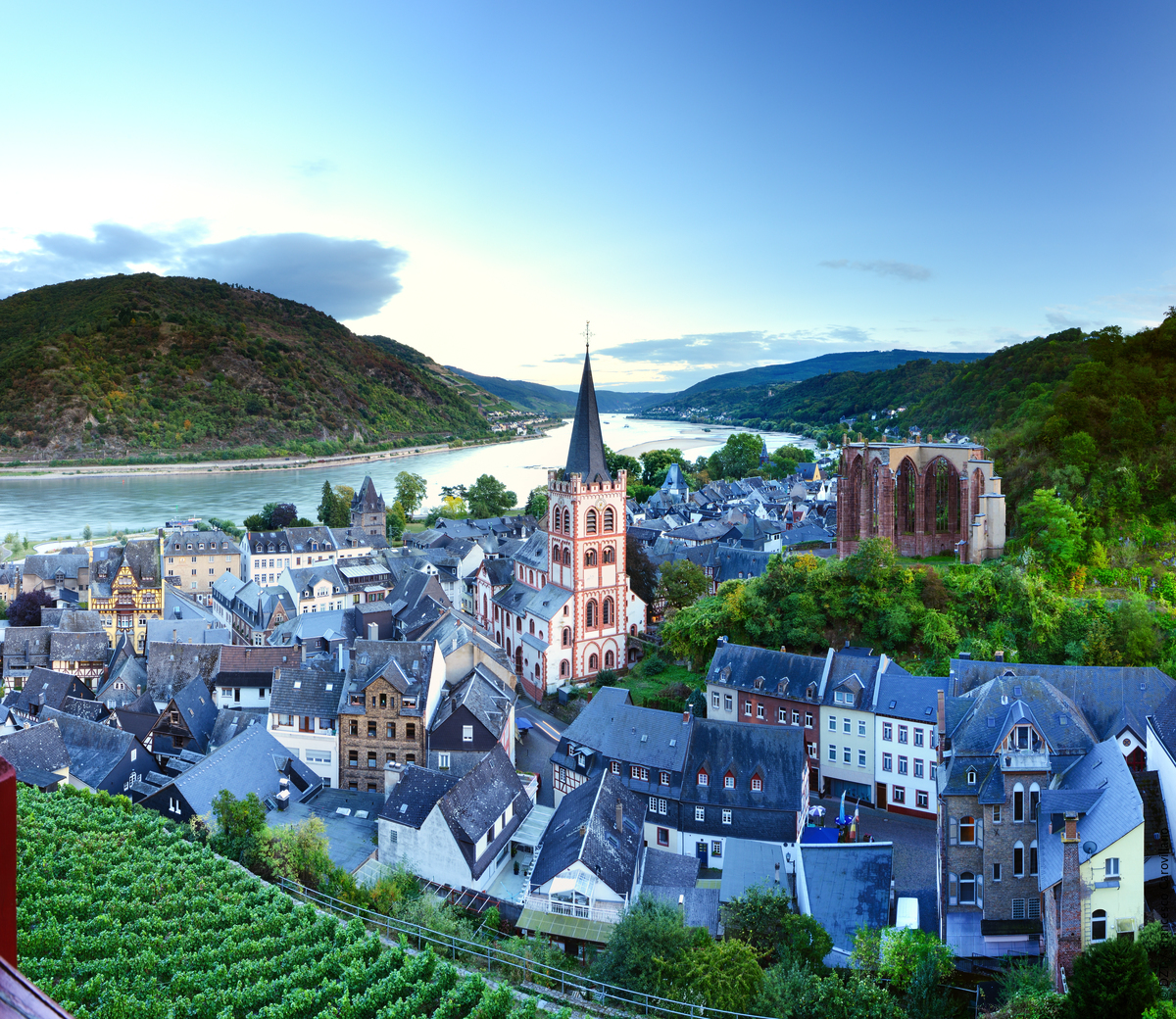
If you love visiting a good castle, you won’t be disappointed by the huge selection just waiting to be discovered in Germany. The Thuringian Forest is an excellent place to start if you’re looking for something a little different. The most famous castle in the whole of Germany, Wartburg Castle in Eisenach. The federal state of Saxony is another castle hotspot, whilst stunning fortresses line the spectacular landscape of the Swabian Alb in south-west Germany. But if it’s moated castles you’re looking for, a visit to the Münsterland or Lower Rhine regions will be a dream come true. there are 40 well-preserved castles in a row within the space of just 60 kilometres between Bingen and Koblenz. The Upper Middle Rhine Valley has been listed as a UNESCO World Heritage Site.
Invention of fast food in Germany
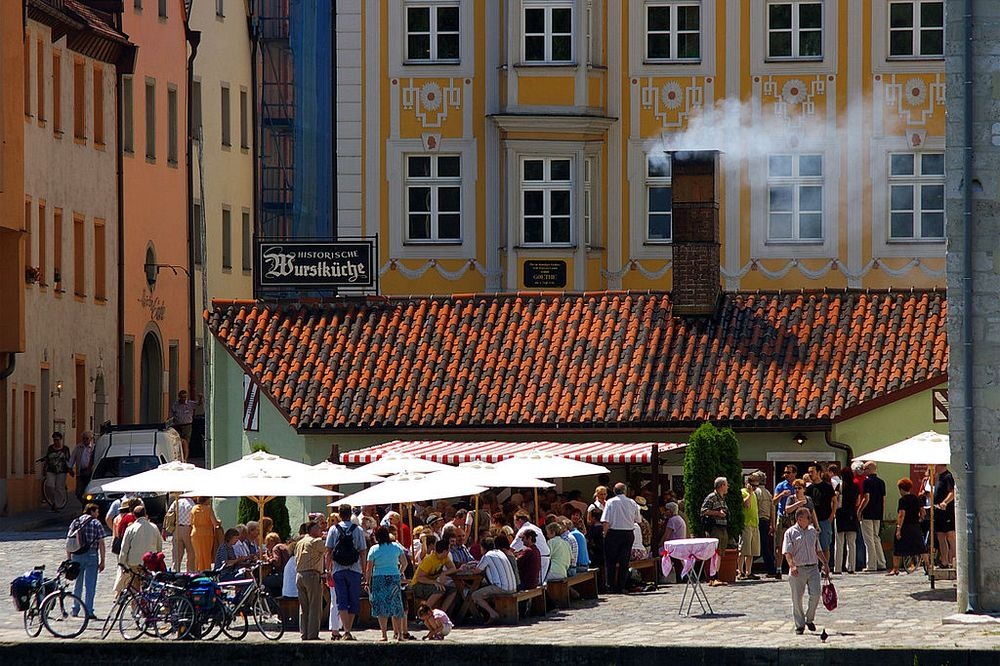
Good old Europe! Now it’s even claiming an American institution as its own invention. At the very least this claim involves a nice little story set in the Bavarian city of Regensburg. Located along the banks of the Danube River, this little gem is home to medieval architecture so stunning that its perfectly preserved Old Town has been named a UNESCO World Heritage Site. The Stone Bridge is believed to be the oldest bridge still standing in Germany. Just a stone’s throw away from the bridge stands a culinary relic of sorts that has been described as “the oldest fast food joint in the world”. A café, now known as the “Sausage Kitchen”, is said to have opened on that very spot in 1146, just as the bridge was completed. Now, it’s certainly a big hit with international tourists.
Bratwurst Sausage, an edible German Icon
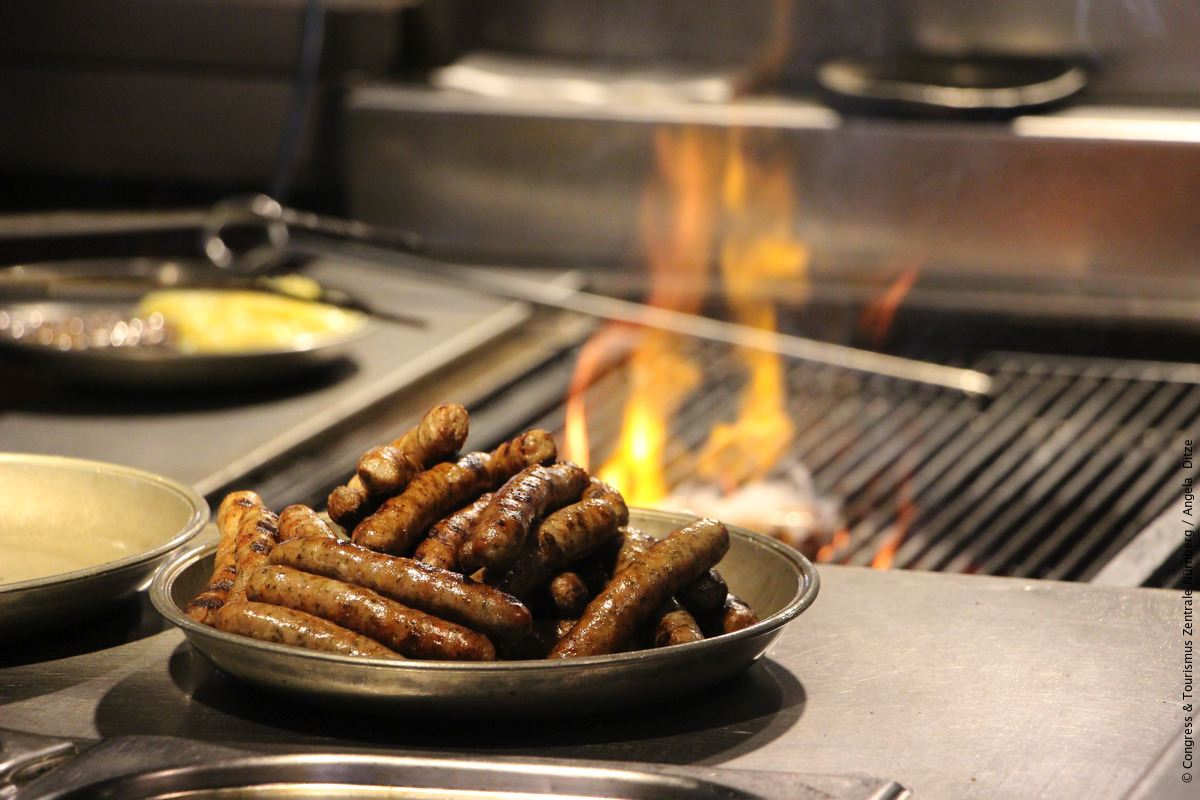
Bratwurst sausages have come to be symbolic of Germany. According to statistics from the German Butchers’ Association, the Germans consume the equivalent of around three kilos of them per person every year. And yet they did not actually originate in Germany. But whilst the Ancient Greeks may have grilled sausages over glowing charcoal, it was the Germans that adopted the sausage as an edible part of their cultural heritage. “The Bratwurst sausage is Thuringian, Nuremberg and Coburg‘s top speciality and is known for it in the whole world” – that’s something they’re confident about over at the first German Bratwurst Museum in Mühlhausen, Thuringia.






















